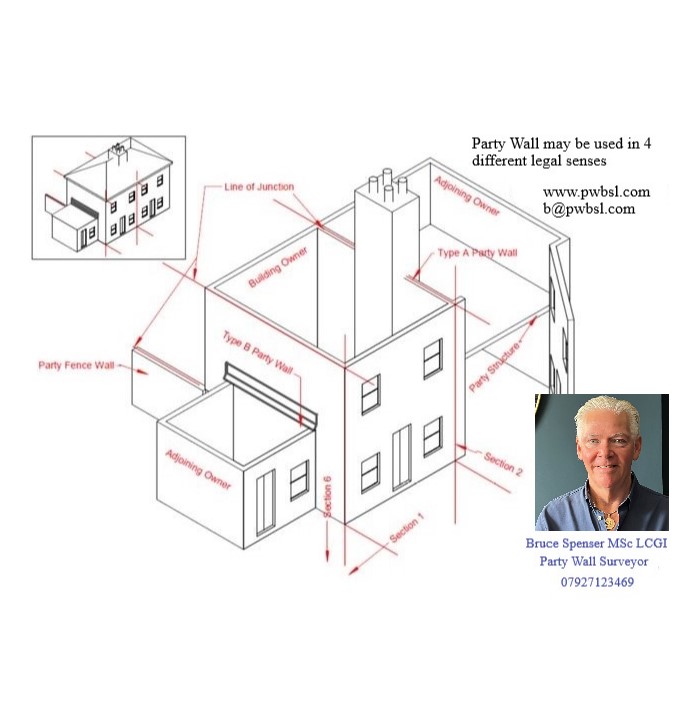Steel and concrete building survey
During the mid-war period the government encouraged housing boom led to new forms of construction, some of which purposely mirrored the traditional stocks of the time; two of these forms, concrete and steel frame, have had some problems, mainly from corrosion of the ferrous elements. Indeed, some were designated defective by various housing acts.
Roughly 6% of the 4.5m houses built mid wars were by new methods (non-traditional) and they were mostly built for local authority use.
Most non-traditional housing systems have performed well from a structural point of view, although some problems developed with several systems -built dwellings mostly due to carbonation in concrete houses and rusting of the various members in steel framed houses. This led to Mortgage companies not lending on these properties and was followed by the 1984 Housing Defects Act required that lists be drawn up of these properties by the local councils and grants were made towards the cost of repairing defects. Local authorities have over the years corrected the problems.
It can be argued that to avoid detection, their architecture was altered as they underwent upgrading to look like period properties.
The problems arose from carbonation in concrete and rusting in steel – both problems are the result of each material not being protected from gasses in the air, carbon di oxide where concrete is concerned and oxygen for steel.
Concrete:
Carbonation is a chemical reaction between the carbon dioxide in air and the cement in concrete and results in the reduction in alkalinity of the concrete which can remove the protective passive layer surrounding the ferrous reinforcing steel and in combination with water can lead to corrosion – rust – the signs are rust staining, cracking and spalling as the steel has starts to corrode. If only partial carbonation can be remediated by reinforcement coatings or cathodic protection (this polarises the steel and repels chloride ions thus increasing the alkalinity (good ol’ chemistry!!)
Steel
The steel frames (usually housed within cavities) were galvanised, painted or otherwise protected. However, if the protection breaks down the steel rusts and therefore it is prudent that a maintenance regime be established, however it was thought that the steel framed systems were for life!! Thankfully breakdown and rust occur at vulnerable points, not throughout a system.
Importantly the clear majority of steel framed dwellings have given levels of performance not very different from many traditionally built dwellings of the same age and there is no reason steel framed and steel clad dwellings and cast iron dwellings should not give good performance into the foreseeable future, and certainly on a par with the life conventionally assumed for rehabilitated dwellings built in conventional construction.”
Party Wall Surveyor serving Thanet and London
Third Surveyor serving England and Wales


